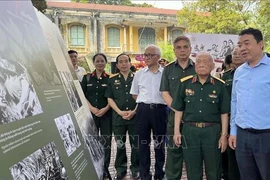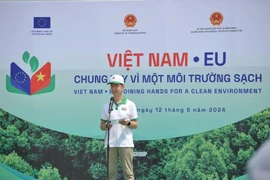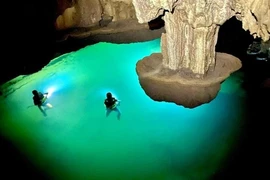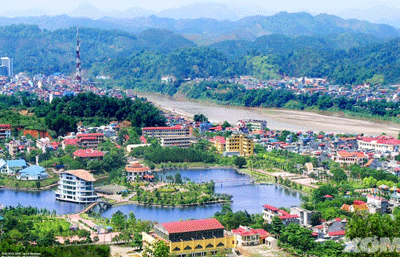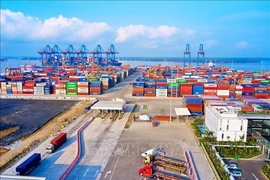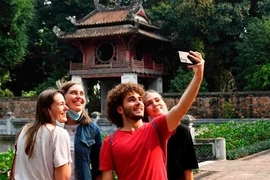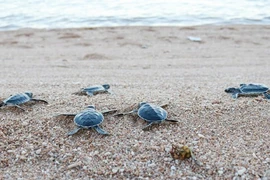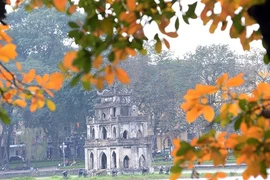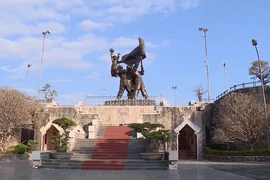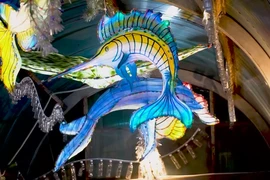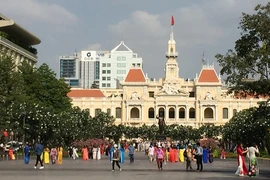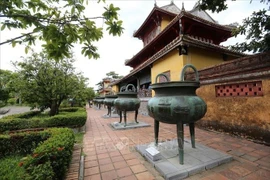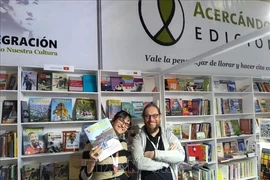Dai Binh village in Que Trung commune, Nong Son district, lies peacefully on the banks of the Thu Bon River. The local area is a low-key destination in Quang Nam, boasting tranquil greenery. It has been dubbed a “Mini-Mekong Delta” thanks to its delicious and varied tropical fruit.
Over half of local households have large orchards of over 1,000 square metres, creating ideal conditions for the development of agro-tourism. Indeed, since its recognition as a tourist destination in Quang Nam in 2020, Dai Binh village has welcomed tens of thousands of visitors each year.
Quang Nam’s inland area extends to the Central Highlands and Vietnam’s border with Laos. It is home to ethnic minority groups such as the Co Tu, Xo Dang, Gie Trieng, Cor, and Bhnoong. Its relative remoteness makes the area ideal for those seeking an exotic experience and immersing themselves in nature.
In order to unlock its tourism potential, the local government is expected to build tourism infrastructure and promote links between localities to offer convenient and interesting tours for visitors. A concrete, sustainable tourism plan should be implemented to strike an appropriate balance between economic benefit and local livelihoods.
According to the Quang Nam Tourism Association, inland tourism has become a magnet drawing in travellers to the province. Destinations finding a name among tourists include Loc Yen ancient village in Tien Phuoc district, and Bho Hoong cultural village in Dong Giang district, among others. Emerging products, such as Ngoc Linh ginseng-related ecotourism as well as the Heaven Gate tourism area in Dong Giang district, are also expected to boost community tourism in Quang Nam./.
